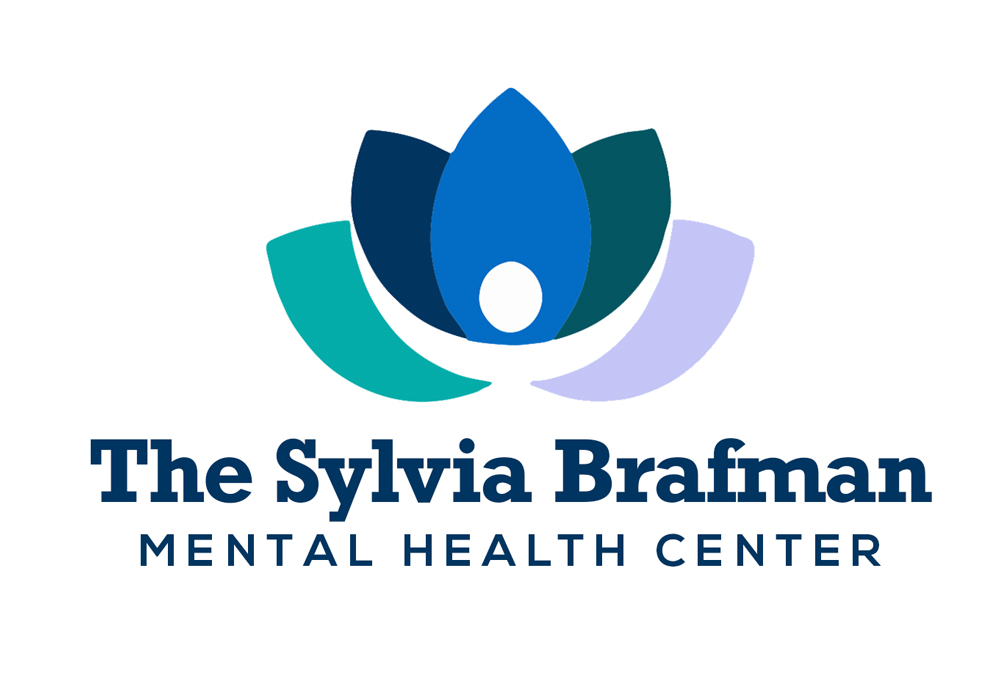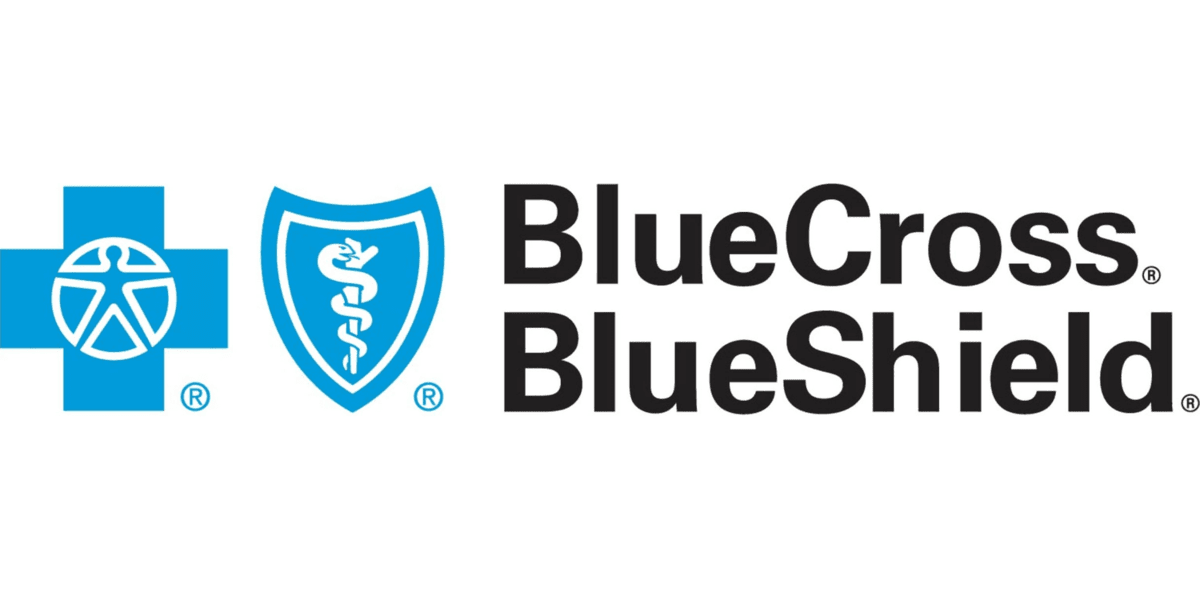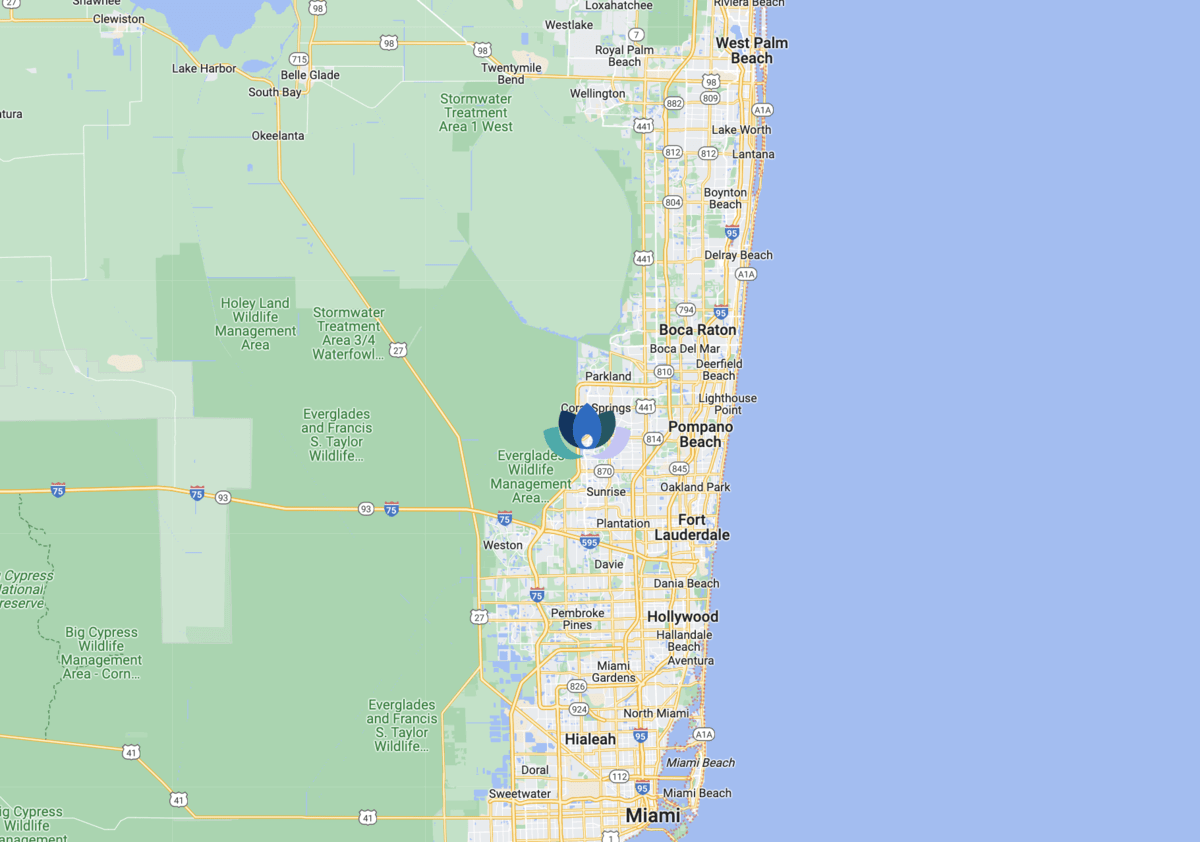Treatment for Bipolar Disorder and Cyclothymia
Bipolar disorder is a mental health condition that causes extreme mood swings, ranging from manic highs to depressive lows. Cyclothymia is a milder form of bipolar disorder with less severe mood changes. Both mood disorders significantly impact a person’s emotions, energy levels, and daily life, requiring medical and therapeutic intervention for management and stability.
BCBS generally covers these mental health disorders as part of their mental health benefits, ensuring that individuals with these psychiatric conditions have access to treatment and support. However, the coverage specifics may vary.
Treatment for Borderline Personality Disorder (BPD)
Borderline Personality Disorder (BPD) is a complex mental health condition defined by pervasive patterns of instability in emotions, self-image, and interpersonal relationships. Individuals with BPD often experience intense mood swings, impulsivity, unstable self-esteem, and difficulty maintaining healthy relationships.
BPD can significantly impact a person’s daily life, relationships, and overall well-being, but with appropriate therapy and treatment, individuals can learn to manage their symptoms and lead fulfilling lives. Blue Cross Blue Shield Insurance typically covers the diagnosis and treatment of BPD. This coverage may include psychotherapy, medication management, and other psychotherapy techniques and interventions.
Treatment for Anxiety Disorder
Anxiety disorder is a common mental health condition characterized by excessive worry, fear, and apprehension about future events or situations. Individuals with anxiety often experience physical symptoms like restlessness, rapid heartbeat, sweating, and muscle tension. Anxiety can significantly interfere with daily functioning, affecting work, relationships, and overall quality of life.
Blue Cross Blue Shield Insurance typically covers anxiety treatment. BCBS coverage may include psychotherapy, cognitive-behavioral therapy (CBT), medication management, and other evidence-based interventions to reduce symptoms and improve overall well-being.
Treatment for Depression
Depression is a common mental illness characterized by persistent feelings of sadness, hopelessness, and lack of interest or pleasure in activities once enjoyed. Depression symptoms often include changes in appetite and sleep patterns, low energy, and difficulty concentrating that can disrupt daily functioning, impair relationships, and even lead to suicidal thoughts if left untreated.
Blue Cross Blue Shield Insurance typically covers treatment for depression. This coverage may encompass preventive care benefits, therapy sessions, prescription medications, and other evidence-based treatments that aim to alleviate depression symptoms, helping individuals regain their mental and emotional well-being.
Treatment for Post-Traumatic Stress Disorder (PTSD)
Post-Traumatic Stress Disorder (PTSD) is a mental health condition that can develop after experiencing or witnessing a traumatic event, characterized by symptoms like intrusive flashbacks, nightmares, severe anxiety, and emotional numbness. Individuals with PTSD may also exhibit hypervigilance and avoid situations that remind them of the traumatic incident. PTSD can significantly impair one’s daily life and well-being.
Fortunately, BCBS typically provides coverage for PTSD treatment, encompassing therapy, medication, and other evidence-based interventions to provide individuals with coping strategies for stress management. This coverage underscores BCBS’s commitment to mental health advocacy.









